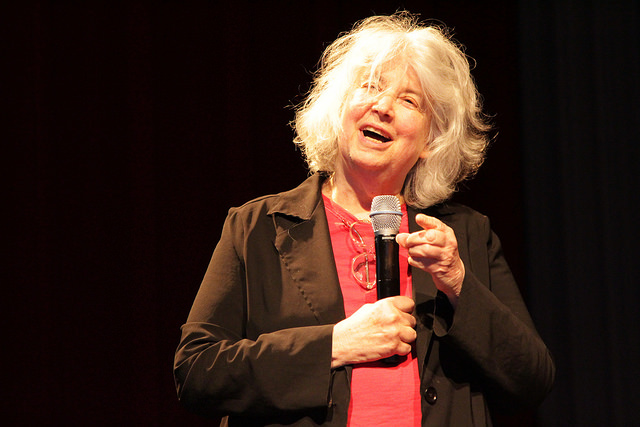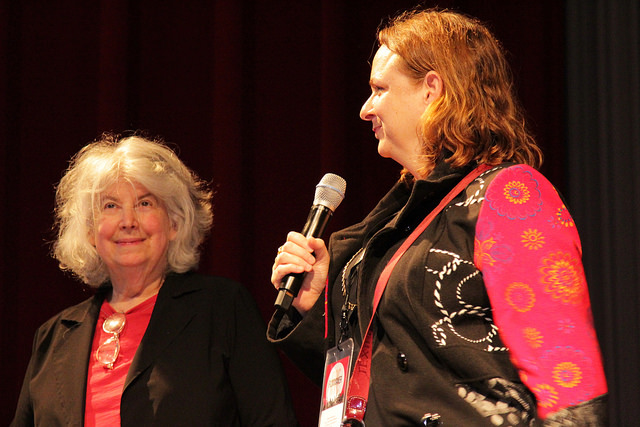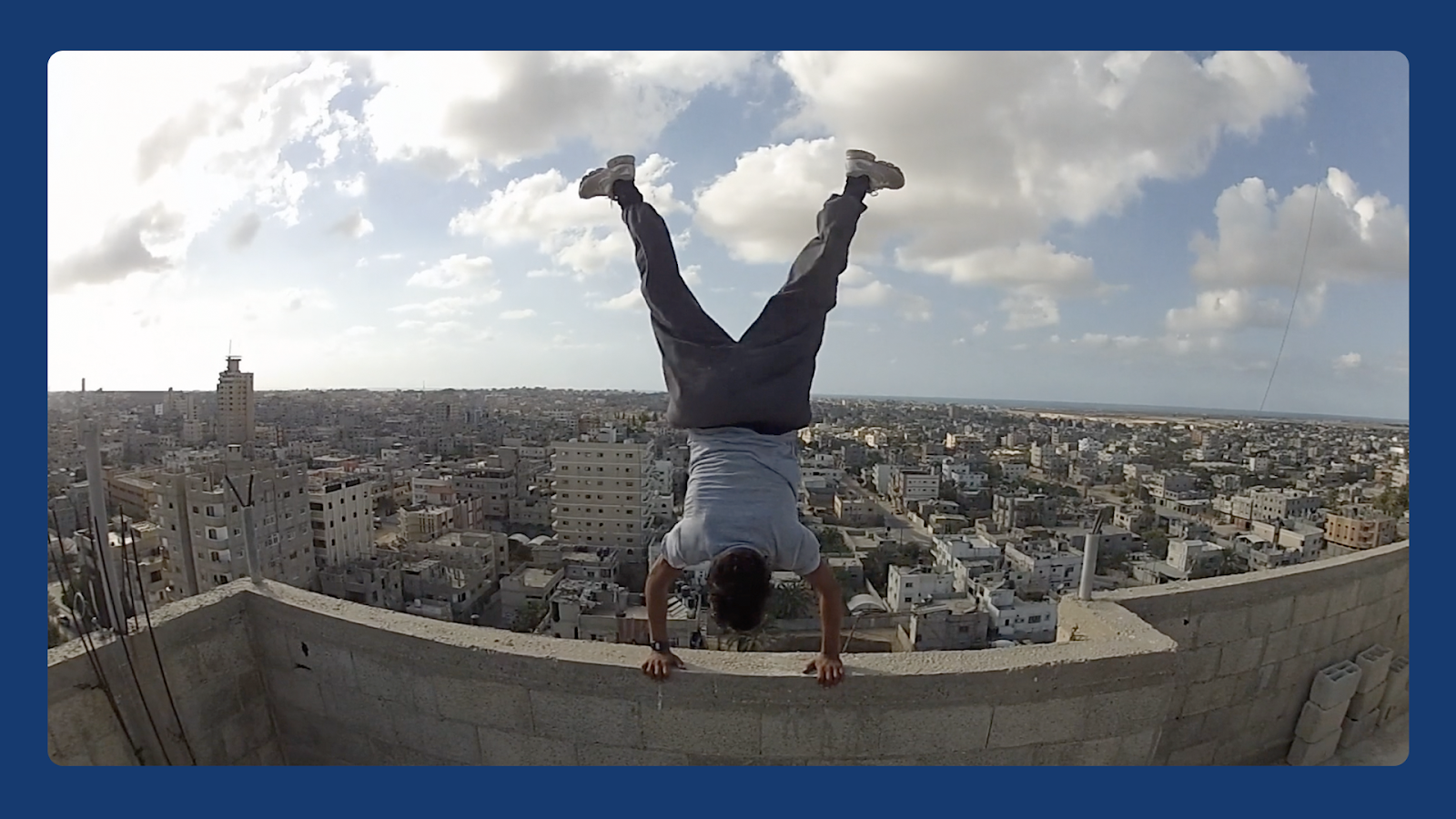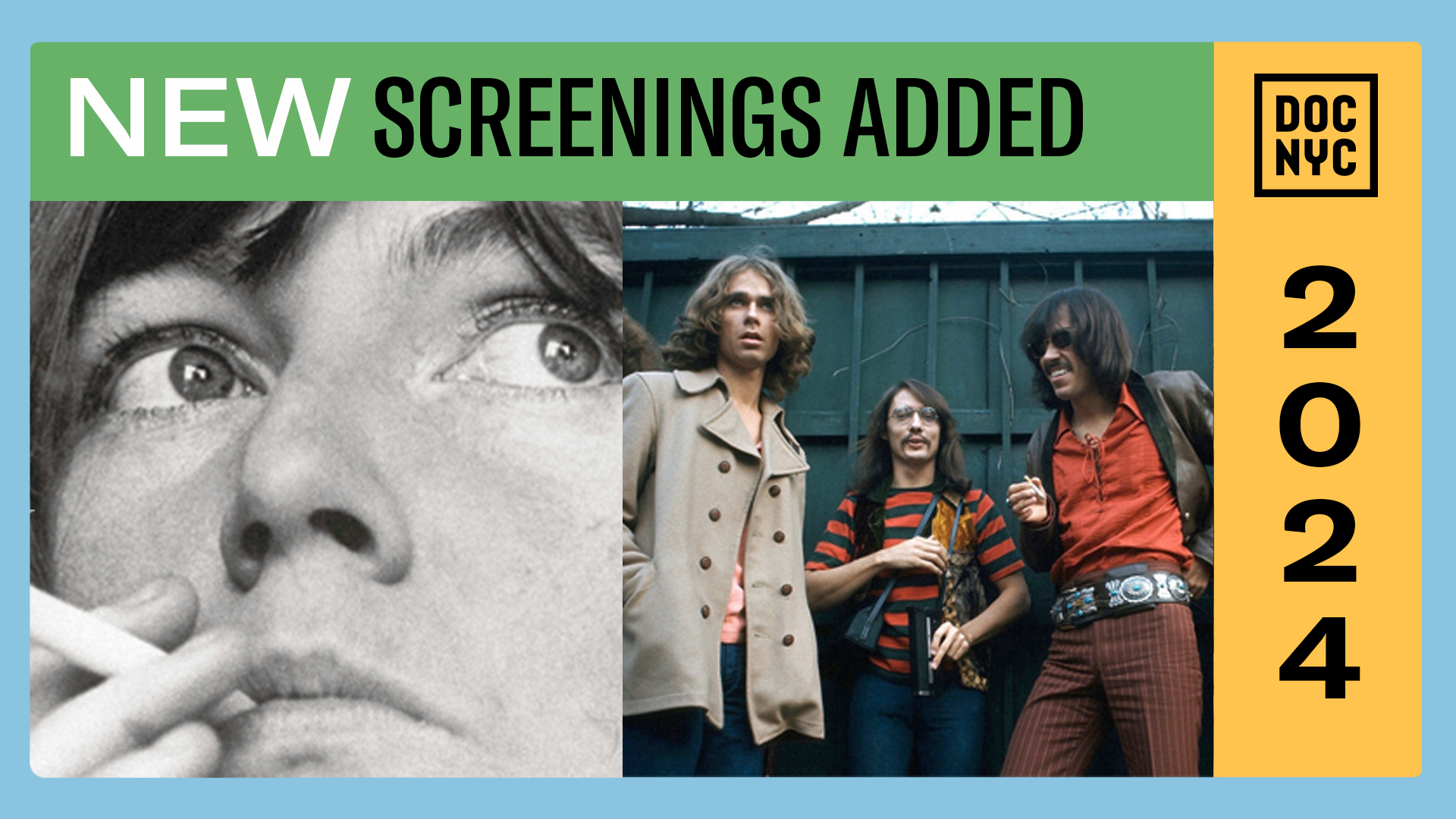Shakespeare and Science Collide in The Art of Rosamond Purcell Director Molly Bernstein documents one photographer's visual fascination with beauty and decay


Written by Krystal Grow
When does a manufactured item become a unique, organic object? How can animal bones in museum cases become beautiful landscapes? What can we learn about human nature by examining the things we throw away? Photographer Rosamond Purcell has spent her entire career asking these questions, and has made remarkable art through process of finding the answers.
Purcell is fascinated with decay – the withering pages of weather worn books, and the tarnished patina of old copper pipes. In rust, dust, and rotting wood, she sees vivid landscapes and textured, abstract compositions. Her photographs, taken in junkyards and natural history museums, are an investigation of the life cycles of non-living things.
“She’s capturing the history of objects by picturing them in romantic decline. It’s the majesty of the weird and the contemplation of things people would normally just ignore,” says director Erroll Morris, one of many admirers featured in Molly Bernstein’s film An Art That Nature Makes: The Work of Rosamond Purcell, which had it’s world premier on Friday at DOC NYC.
Bernstein takes us from Purcell’s studio in Sommerville, Massachusetts, which looks like a combination of a Victorian cabinet of curiosities, a folk-art gallery, and a bizarre natural history museum, to her favorite scrap yard in rural Maine, to a repository of centuries-old speckled bird’s eggs in Florida. We learn about Purcell’s early influences and methods, and follow her as she explores archives and artifacts through her camera lens, looking not just for something beautiful, but for something unusual and unexpected. Where some might see a glass case full of weird old bones, Purcell sees a streak of color or a reflection that changes everything.
While she primarily considers herself a photographer, Purcell has written multiple books, and regularly builds large sculptures and collages, though she told a shocked audience at the SVA theater that she usually destroys them once she’s satisfied with how she’s captured them in photos. Her collaborations with scientists, scholars, and with her husband Dennis Purcell, an engineer who worked for Polaroid, have all contributed to Purcell’s unique vision. Even her collaboration with Bernstein on the film proved to be a revelatory experience.
“It’s amazing to me to see that there are recurring themes in my work, and that’s very comforting,” she said during the Q&A following the screening. “Molly figured out how to make connections between what I thought were disparate works.”
Purcell may not see the immediate connections between art history and natural history, Shakespeare and hard science in her own work – what she sees is a world beyond straightforward physical interpretations, and uses her camera to help us see that world too.
Krystal Grow is a photo editor, freelance journalist, and the Blog Coordinator for DOC NYC. She has written for American Photography, TIME LightBox, LIFE.com, WIRED, the Stranger Than Fiction film series, and the New York Times Lens blog. Follow her on Twitter and Instagram @kgreyscale.


